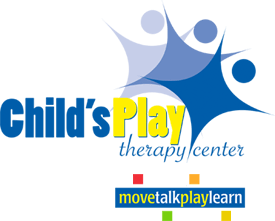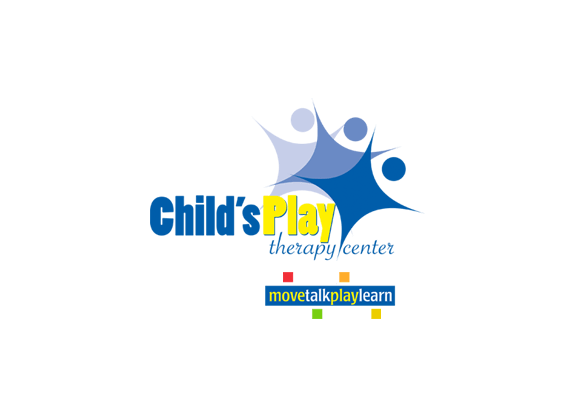
Written by: Chandon Hines, M.S.OTR/L
Did you know that there are at least 32 steps to eating?! That makes feeding and eating THE MOST complex action that humans perform on a daily basis. It involves all 8 of our sensory systems (taste, smell, touch, hearing, sight, proprioception, vestibular, and interoception) as well as each of our organ systems for each food encounter AND these encounters occur at least 5 times a day with the average being closer to 8-10!
Make food fun!
- Use a magnifying glass to “explore your food”
- Don’t be afraid to play with your food (make it an adventure). Model eating it, touching it, smelling it, cutting it with a butterknife, use fingers to stack it up and watch it crash down. It doesn’t have to be fancy kids love to pretend play.
- Play on your child’s strengths (if they love cars, theme food into racetracks, or compare to the wheels of a car; for princess lovers, make crowns or dresses; if it’s Paw Patrol, make all your foods need “saving”)
- Sing songs about your food and their foods too! Let the children help you come up with new songs.
Rename your foods to be something EXCITING!
- Again, play on your child’s interests!
- Instead of “spaghetti”, you can say things like “tonight, we are having circles and wiggles” for the meatballs and long linguini noodles.
- Instead of “broccoli”, you can call it “dinosaur food” or maybe even “green umbrella”.
- Instead of “carrots”, it can be “Olaf’s nose” or an “orange unicorn horn”
Get your children involved in the preparing stage.
- Give them the freedom to choose a meal for one night a week or even just once a month!
- Have them start by marking items off the list or retrieving items from low shelves.
- If they can read, have them help you locate the correct aisle in the store for a certain item.
- Let them stir the food or use a safety knife to assist in cutting them.
- Put on an apron and let them get messy.
Have a separate plate or container ready for items the child isn’t ready to have on their plate.
- Model this with foods that you may not necessarily like on yours either.
- I like to call this plate the “learning plate” or “the exploring plate”.
- The child is allowed to put foods on there that are causing distress or they are not interested in.
A few don’ts:
- Never force a child to eat any foods.
- Try not to mess with their favorite foods.
- Don’t offer newly preferred foods more than once every other day (this helps to prevent food jags- where children or adults stop eating a previously preferred food in their diet if they consume it too frequently).
- Don’t make them get up to get foods they tossed on the floor. Surprisingly, this is actually reinforcing the throwing because they get to leave the table.
Who knew feeding could be so complex AND so fun!
Happy eating!



